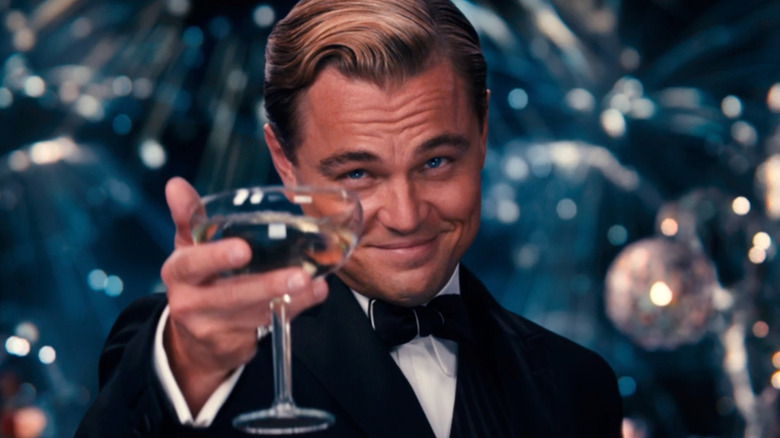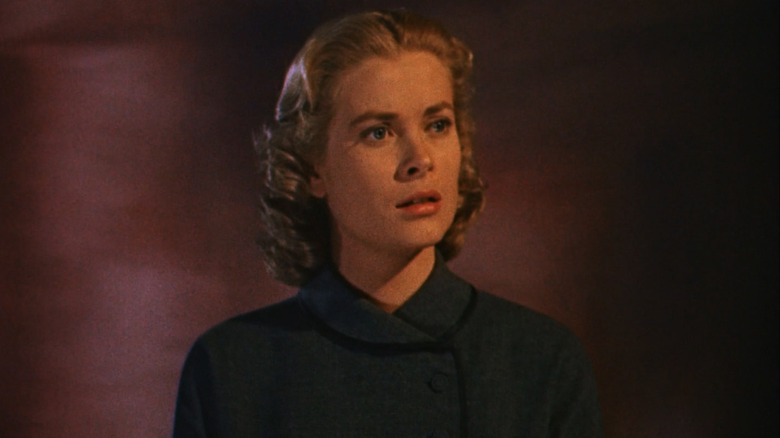An Alfred Hitchcock Masterpiece Pushed Baz Luhrmann's Great Gatsby Into 3D
When Baz Luhrmann released "The Great Gatsby," many questioned the director's intent to shoot the film in 3D. After all, this wasn't some giant action blockbuster or kinetic animated film. This was a drama based on one of the great works of American literature. What could 3D possibly add, especially at a time when the 3D craze was in its dying days? People seemed to forget, though, that this was Baz Luhrmann, and if there's some kind of crazy visual technique that he has a chance to utilize, he will absolutely do it. The man deals in maximizing every frame, so it's honestly a little surprising it took him so long to implement 3D.
Many of the greatest directors of all time want to experiment with gimmicks. Steven Spielberg has made multiple films that heavily or entirely use extensive motion-capture visual effects. Peter Jackson and Ang Lee both became enamored with high frame rates. Many more have been drawn in by the prospect of 3D, including the Master of Suspense. Alfred Hitchcock is a paragon of classic moviemaking, but even he felt compelled to try out some gimmicks. With "Rope," he wanted to make a movie that looked like it was all one take. Then with "Dial M for Murder," he wanted to play in three dimensions, and that delicious thriller is what convinced Luhrmann that 3D was right for "The Great Gatsby."
'You're in their world'
"Dial M for Murder" takes place almost entirely inside the flat of Tony and Margot Wendice (Ray Milland and Grace Kelly, respectively), the setting for a botched murder plot. It's based on a play by Frederick Knott, so the limited setting isn't all that surprising. Hitchcock's use of 3D resorts to none of the gimmicks that the format had become known for. It's entirely for atmospheric, immersive purposes, placing the audience inside that flat. In talking with Florence Welch for Interview Magazine, Luhrmann explained how seeing this 3D approach showed him how to make "The Great Gatsby" the same way:
"I saw it and what blew my mind was to see Grace Kelly, a dead legend. The camera was frozen but she just moved around the space, and I realized that it's somewhere between über-theater and über-cinema. In 2-D, you're moving the camera to create energy. The big special effect in this movie is not all the poetic imagery—which there's a lot of, as well as the razzle-dazzle—but the big scenes are like five- and six-minute scenes of actors, in their prime, just going at each other emotionally, in 3-D. So you're immersed, you're in their world."
Of course, when Luhrmann did get behind the camera, he couldn't help himself. It's still filled with all the whizz-bang flourishes of his signature style. The immersive effect he was hoping for is possible, probably best captured in Ang Lee's 3D and HFR films. Luhrmann's at his best when throwing things at you, and that goes against his desire for 3D in "The Great Gatsby."

